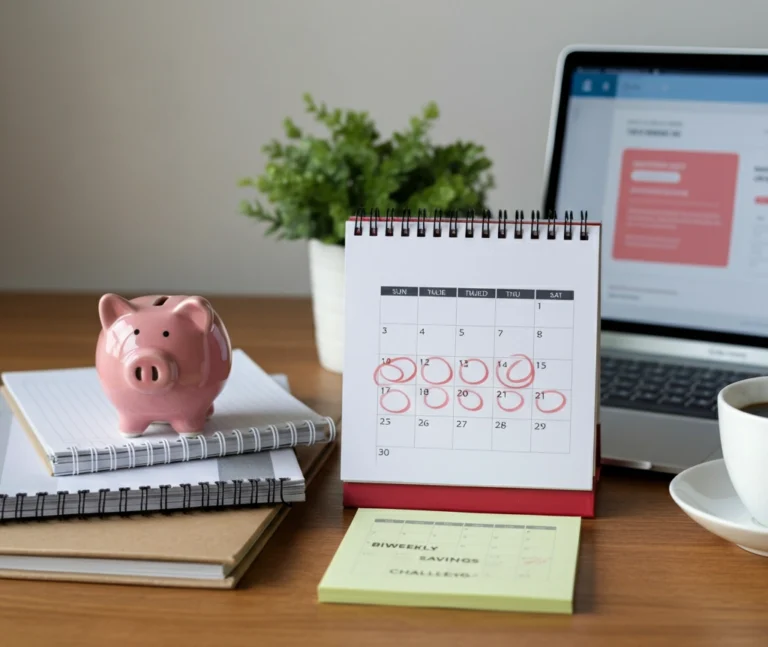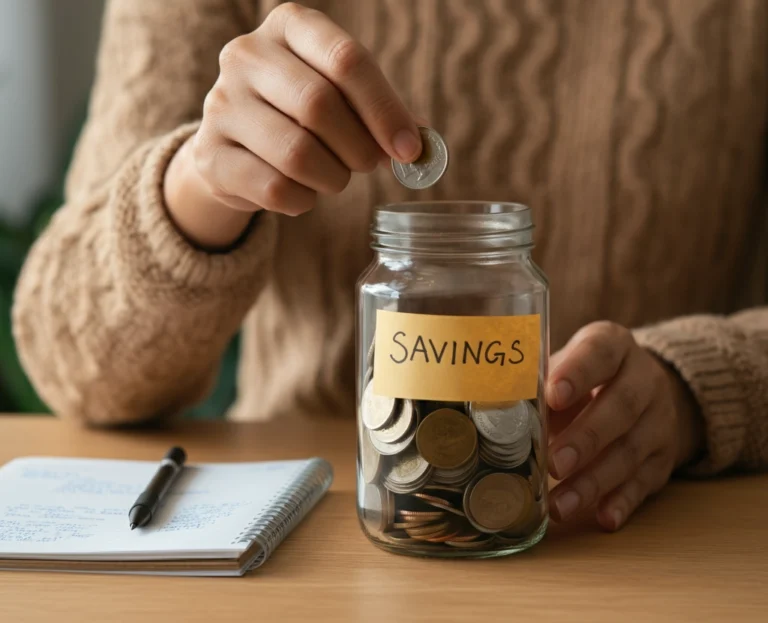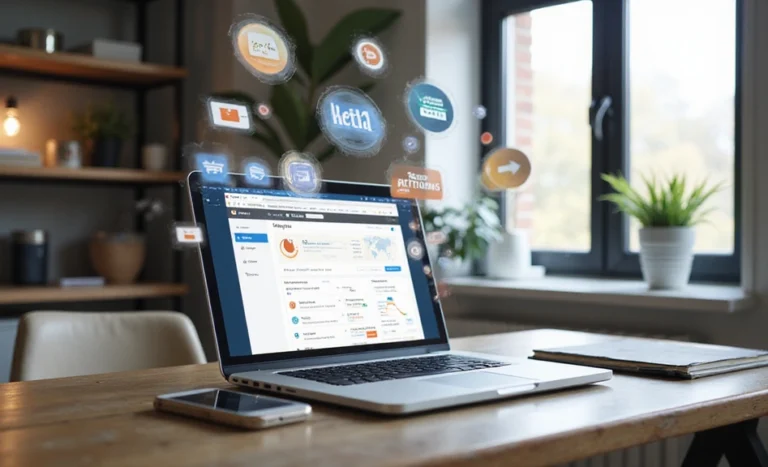No Spend Challenge: Your Path to Debt Freedom in Just One Month!
Are you tired of living paycheck to paycheck, feeling overwhelmed by debt, and struggling to gain control over your finances? It’s time for a change!
The No Spend Challenge is more than just a budgeting experiment—it’s a powerful, life-changing strategy designed to reset your spending habits and put you on the path to financial freedom. By committing to just one month of mindful spending, you’ll uncover hidden savings, reduce debt, and develop a healthier relationship with money.
In this guide, we’ll walk you through the essentials of the No Spend Challenge, provide actionable tips to help you stay on track, and share motivational insights to keep you inspired along the way. Get ready to take charge of your financial future—one intentional choice at a time!
1. Understanding the No Spend Challenge
The No Spend Challenge is a personal finance initiative where participants commit to spending no money on non-essential items for a predetermined period—often a month.
This challenge encourages mindful consumption by prompting participants to evaluate their spending habits and make conscious choices.
By focusing only on necessities like food, housing, and transportation, you can redirect your finances towards paying off debts or building your savings.
It’s not just a temporary fix, but a mindset shift towards sustainable financial health.
2. Set Clear Goals
Before embarking on the No Spend Challenge, it’s crucial to set clear and achievable financial goals.
Identify your debts and prioritize them—whether it’s credit cards, student loans, or personal loans.
Having specified amounts will keep you focused and motivated throughout the month.
Consider setting a total amount you aim to save by the end of the challenge, and track your progress regularly to celebrate your milestones.
3. Create a Budget
Establishing a budget is a vital step in the No Spend Challenge.
Outline your essential monthly expenses, including rent, utilities, groceries, and transportation.
Allocate a specific amount for each category, ensuring you stay within your limits during the challenge.
Utilizing budgeting apps can help you track your spending and make adjustments in real-time, keeping you accountable and on target.
4. Find Free Activities
To avoid the temptation of spending, find free or low-cost activities to fill your time.
Explore local parks, community events, or free classes to stay engaged without breaking your budget.
Consider hosting game nights with friends or family, utilizing your existing resources to create fun experiences.
This not only helps you save money but also fosters creativity in how you spend your leisure time.
5. Meal Planning and Preparation
Food can be one of the largest expenses, so meal planning is essential during the No Spend Challenge.
Create a weekly meal plan based on the ingredients you already have at home and buy only what’s necessary.
Cooking in batches and using versatile ingredients can stretch your budget further while ensuring you eat well.
Don’t forget to utilize coupons and loyalty programs to save on groceries!
6. Declutter and Sell Unused Items
One of the best ways to offset costs during the No Spend Challenge is by decluttering your home.
Go through your belongings and identify items you no longer use or need—clothes, electronics, furniture, or books.
Selling these items online or at a garage sale can generate extra cash to put towards your debt.
This not only helps you financially but also creates a more organized and peaceful living space.
7. Track Your Progress
Tracking your progress throughout the No Spend Challenge is crucial for staying motivated and accountable.
Keep a journal or use an app to log your daily expenses and savings.
Reflect on your feelings and challenges, and celebrate small victories along the way.
This will not only help you see how far you’ve come but also reinforce the positive changes in your spending habits.
8. Build a Support System
Having a support system can greatly enhance your success in the No Spend Challenge.
Share your goals with friends or family who can encourage you and hold you accountable.
Consider joining online communities or social media groups focused on personal finance and debt reduction.
Being surrounded by like-minded individuals can provide motivation, tips, and inspiration throughout your journey.
9. Evaluate Your Spending Triggers
Understanding your spending triggers is essential in the No Spend Challenge.
Take time to identify what prompts you to spend—be it emotional stress, boredom, or social pressure.
By recognizing these patterns, you can develop healthier coping mechanisms that don’t involve spending money.
This self-awareness will serve you well beyond the challenge and into a sustainable financial future.
10. Celebrate Achievements
As the month progresses, it’s essential to celebrate your achievements, no matter how small.
Reward yourself for sticking to your budget, completing your goals, or finding creative ways to save.
Celebration doesn’t have to mean spending money; consider a special homemade treat or a day of relaxation at home.
Recognizing your hard work motivates you to continue your debt-free journey beyond the challenge.
11. Reassess Your Lifestyle Choices
The No Spend Challenge is an opportunity to reassess your lifestyle choices and how they align with your financial goals.
Consider what habits you can change long-term to sustain your debt-free journey.
This might mean limiting dining out, cutting back on subscription services, or finding new hobbies that don’t require spending.
Making conscious decisions can lead to healthier, more fulfilling experiences without the burden of debt.
12. Prepare for Post-Challenge Spending
As the No Spend Challenge comes to an end, it’s important to prepare for how you’ll manage spending afterward.
Reflect on what you’ve learned about your spending habits and what changes you want to implement moving forward.
Create a new budget that accommodates occasional splurges while keeping overall financial goals in mind.
This proactive approach will help you maintain your progress and continue your journey toward being debt-free.
13. Learn from the Experience
After completing the No Spend Challenge, take time to reflect on your experience and what you’ve learned.
Identify what strategies worked well for you, and what you found challenging.
This reflection will help you refine your approach to budgeting and spending in the future.
Consider documenting your journey to inspire others and hold yourself accountable.
14. Share Your Success Story
Once you’ve completed the No Spend Challenge, consider sharing your success story with others.
Document your journey on social media, personal blogs, or community forums to inspire those around you.
Sharing not only celebrates your achievements but also builds a sense of community among those pursuing similar goals.
Your story could be the motivation someone else needs to start their own debt-free journey.
15. Continue Your Financial Education
To sustain the momentum gained from the No Spend Challenge, commit to continuous financial education.
Explore resources like books, podcasts, and online courses to deepen your understanding of personal finance and budgeting.
Staying informed will empower you to make better financial decisions and maintain your debt-free lifestyle.
Consider setting a monthly goal for learning something new about finance to keep your skills sharp.
Embrace Your Debt-Free Journey with Confidence
The No Spend Challenge isn’t just about cutting expenses for a month—it’s a powerful step toward lasting financial freedom. By prioritizing mindful spending, smart budgeting, and intentional saving, you’ve laid the foundation for a more secure and stress-free future.
Use the habits you’ve built during this challenge to maintain control over your finances and continue progressing toward a debt-free life. Stay committed, celebrate your wins, and remember—every dollar saved is a step closer to financial independence. Your future self will thank you!







